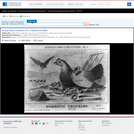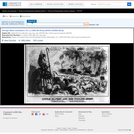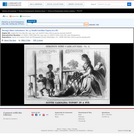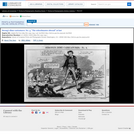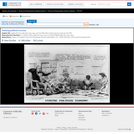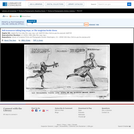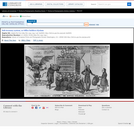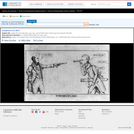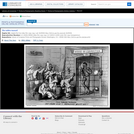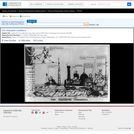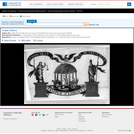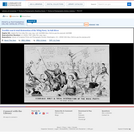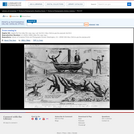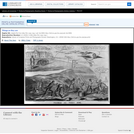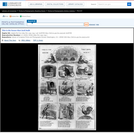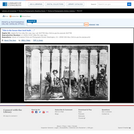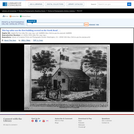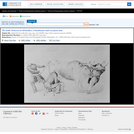
A particularly well-drawn satire on the three major presidential contenders for 1848, (left to right) Zachary Taylor, Martin Van Buren and Lewis Cass. Of the three the artist seems to favor Van Buren, the "Barnburner" candidate, who sits on a stool milking the cow which the others try in vain to move in opposite directions. Taylor, who tugs at the tail of the animal, is called a "No Party Man" because of his continued refusal to commit to a party ideology. Cass, the "Hunker" or conservative Democrat, strains at the cow's horns. Van Buren: "I go in for the free soil. Hold on Cass, dont let go Taylor, (That's the cream of the Joke)." Van Buren was the candidate of a coalition, between Barnburner Democrats and Liberty and Whig party abolitionists, called the Free Soil party. Zachary Taylor: "I don't Stand on the whig Platform 'I ask no favor and shrink from no Responsibility.'" Lewis Cass: "Matty is at his old tricks again, and going in for the Spoils old Zack, and myself will get nothing but skim milk."|Entered . . . 1848 by H.R. Robinson.|Printed & published by H.R. Robinson, 31 Park Row directly opposite the Park fountain adjoining Lovejoys Hotel|Probably drawn by "W.J.C.".|Title appears as it is written on the item.|Weitenkampf, p. 90.|Forms part of: American cartoon print filing series (Library of Congress)|Published in: American political prints, 1766-1876 / Bernard F. Reilly. Boston : G.K. Hall, 1991, entry 1848-39.
- Subject:
- History
- U.S. History
- Material Type:
- Diagram/Illustration
- Primary Source
- Provider:
- Library of Congress
- Provider Set:
- Library of Congress - Cartoons 1766-1876
- Date Added:
- 06/13/2013
